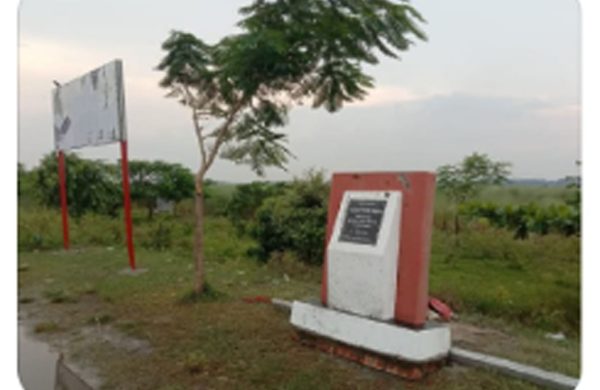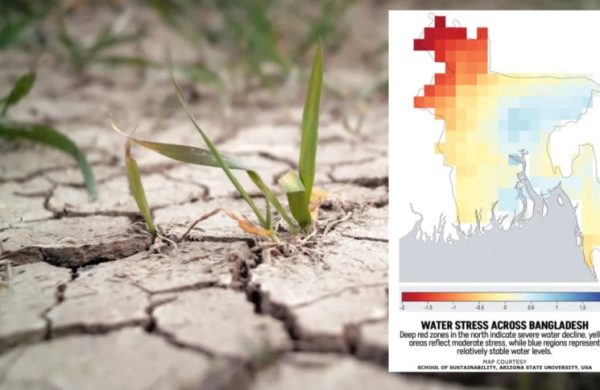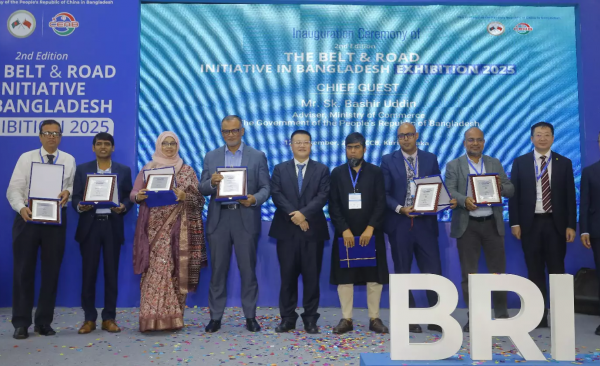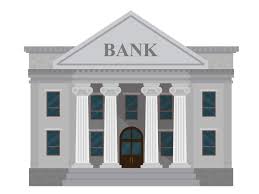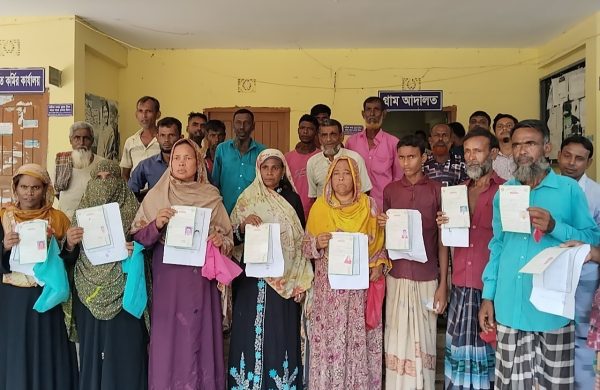Stagnant investment dampens GDP growth: Investment-to-GDP ratio is 30.98pc
- Update Time : Thursday, May 23, 2024

TDS Desk:
Bangladesh’s investment landscape has hit a snag, with provisional estimates by the Bangladesh Bureau of Statistics (BBS) revealing a stagnant investment-to-GDP ratio of 30.98 per cent in the current fiscal year, a negligible increase from last year’s 30.95 per cent.
When compared with figures from the preceding two years, the drop becomes more pronounced. The investment-to-GDP ratio was a healthier 32.05 per cent in FY22 and 31.02 per cent in FY21, according to BBS data.
Moreover, the government’s projections of 8.51 per cent GDP growth in the 8th Five-Year Plan, set to conclude on 30 June next year, appear increasingly unrealistic. To achieve this ambitious target, gross investment needs to rise to 36.59 per cent of GDP by FY25.
The pressing question is: why are businesses shying away from investments – the linchpin of sustained economic growth and job creation in the country? The answer, it seems, is multifaceted.
Industry experts and economists point to a confluence of adverse factors. Chief among them is the volatile global geopolitical climate, which has cast a long shadow over business confidence.
Additionally, the lack of a consistent energy supply has stymied industrial operations, further deterring investment. Compounding these issues is the rising cost of doing business and stubbornly high inflation in Bangladesh, which has eroded profit margins and dissuaded potential investors, they added.
Finance ministry officials do not expect private sector investment to reach the current fiscal year’s target over the next three fiscal years. They fear that insufficient investment relative to GDP could negatively impact long-term economic growth.
In the current budget, the finance ministry planned to move away from austerity policies and increase investment in ongoing and new projects, including mega projects, aiming to raise the government investment rate to 6.3 per cent of GDP. Similarly, it has set the private investment target at 27.4 per cent of GDP.
At a Planning Commission meeting chaired by the prime minister in February, Finance Secretary Khairuzzaman Mazumder talked about the goal of increasing private investment to 26 per cent within the next three fiscal years. He added that the current private investment rate was 24.5 per cent of GDP, according to the minutes of the meeting.
Then-finance minister AHM Mustafa Kamal, while proposing the current budget, promised to create a favourable investment environment. He highlighted that developing the logistics sector and reforming financial management would reduce investment time, cost, and complexity, thereby boosting private investment. He set a target to increase public and private sector investment to 33.7 per cent of GDP.
While central banks around the world increased lending rates to curb inflation, the government maintained controlled interest rates to boost private sector investment until 8 March when the rates were left on the market.
According to the summary of provisional GDP accounts for the current fiscal year released by the BBS on Sunday, the investment-to-GDP ratio is 30.98 per cent.
In the Planning Commission’s February meeting, the finance and planning ministries expressed their fear that the country’s economic growth will decrease in the long term due to sluggish public and private investment.
According to the minutes of the meeting, Planning Division Senior Secretary Satyajit Karmaker said the government is following the austerity policy, and this is also reflected in government investment, which has decreased year-on-year in the current budget.
He emphasised the need to continue the current trend of government investment to achieve higher growth and maintain macroeconomic stability in uncertain global economic conditions.
In the meeting, Finance Secretary Mazumder also emphasised continuing the trend of government investment.
In the upcoming budget, the government plans to increase allocation for annual development programmes by only Tk2,000 crore, reaching Tk2.65 lakh crore compared to the current fiscal year.
:Finance Division officials foresee no potential for increasing government investment in the next fiscal year unless there is improvement in ADP implementation.
However, finance ministry officials believe that the rate of private investment may increase slightly in the next fiscal year. An official from the ministry’s macroeconomic division said that major projects, such as the elevated expressway in Dhaka, are being implemented through public-private partnerships. This has sparked greater interest from the private sector in investing in mega projects, leading to anticipated growth in private investment in the future.
Finance Secretary Khairuzzaman Mazumder said that several initiatives are being undertaken to increase private investment in the FY25 budget. However, he declined to provide further details before its formal proposal is presented in parliament.
Economists and businessmen noted that despite the increase in the investment target in the budget, it has remained around 30-31 per cent of GDP for an extended period.
Federation of Bangladesh Chambers of Commerce and Industry President Mahbubul Alam said that businesses are hesitant to invest due to international factors and ongoing gas and electricity crises in the country.
He said that amidst the unfolding Ukraine-Russia war conflict and escalating China-US tensions, it’s uncertain when the international situation will favour investors. Due to these factors, businessmen lack the confidence to invest.
“Improvements in the domestic gas and electricity supply, alongside a more conducive business environment, would bolster investor confidence. The government’s logistics policy aims to reduce business time and costs, potentially stimulating investment momentum,” he added.
Former senior finance secretary Mahbub Ahmed said that private sector investment is stagnant due to the global slowdown, lower-than-expected export growth, rising business costs, increasing utility expenses, inconsistent gas and electricity supply, and challenges in obtaining bank loans.
He highlighted that uncertainty in profitability, influenced by global and domestic economic conditions, discourages businessmen from investing.
Savings rebounding after slump:
Gross national savings as a percentage of GDP have fluctuated significantly in recent years due to high inflation and capped deposit interest rates. However, with the implementation of contractionary monetary policies and the removal of rate caps, economists expect savings trends to improve.
Mahbub Ahmed attributed the decline in savings to high inflation rates and low deposit interest rates, which were capped at 6 per cent for several years. This situation discouraged people from saving, as deposit rates did not keep pace with inflation.
From FY16-FY20, domestic savings hovered between 26-27 per cent of GDP but fell to 25.34 per cent in FY21 after the deposit rate cap was imposed.
It continued to decline slightly to 25.22 per cent in the following year but rose marginally to 25.76 per cent in the last fiscal year. The removal of the interest rate cap is expected to boost domestic savings to 27.61 per cent of GDP in the current fiscal year, as per BBS estimates.
Similarly, the national savings-to-GDP ratio declined from 31.42 per cent in FY20 to 30.79 per cent in the following year and further to 29.35 per cent in FY22. It saw a slight increase to 29.95 per cent in the last fiscal year, and provisional calculations for the current fiscal year indicate a national savings rate of 31.86 per cent of GDP.


